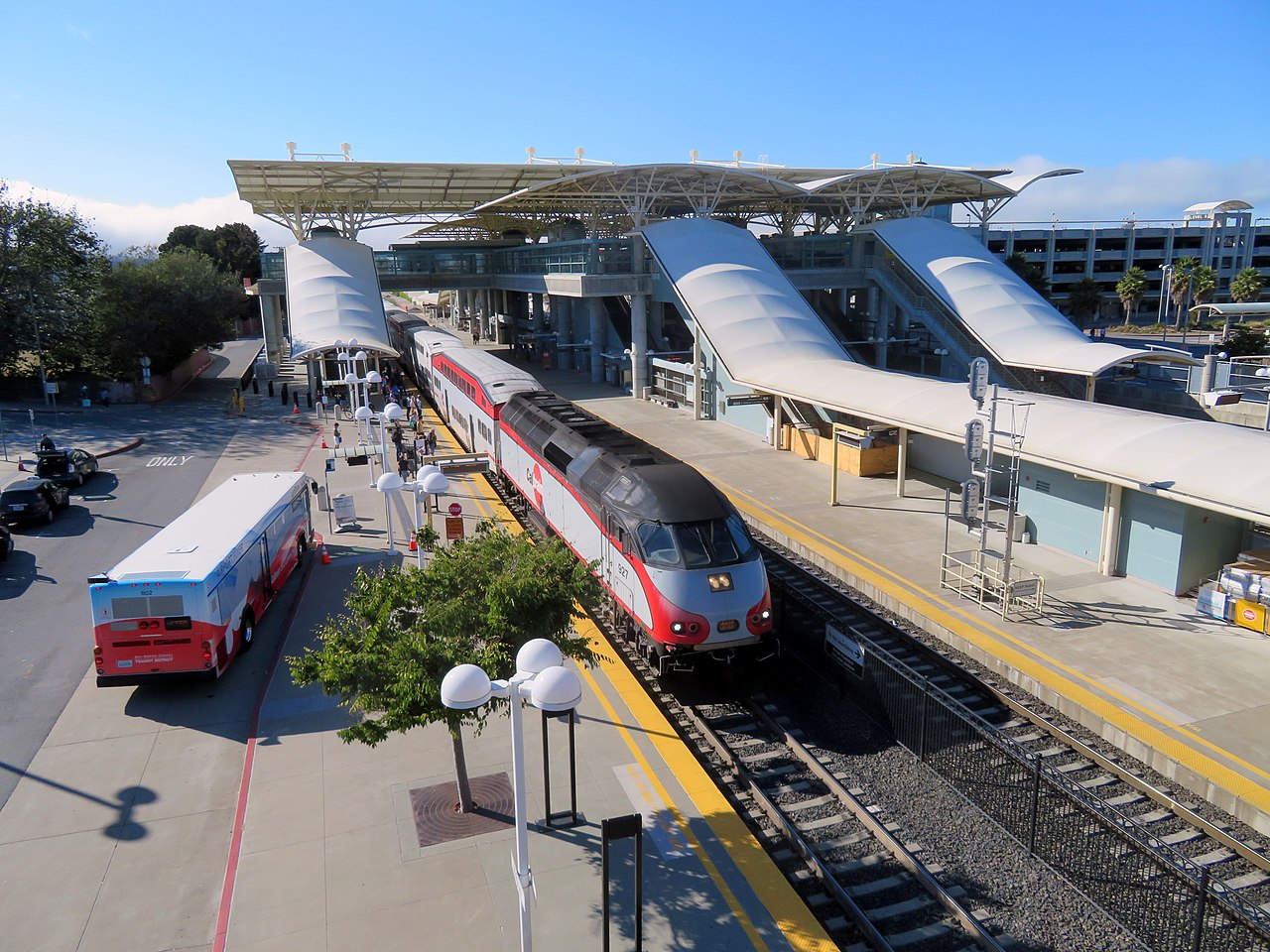Editor’s Note: A version of this article originally appeared in Green Caltrain and is republished with permission.
Caltrain’s next governance board workshop is coming up on Friday, August 20, at 1 p.m., as the Caltrain board seeks to make decisions by the end of the year. The agenda packet is here.
The staff report analyzes a set of “self-directed” options among the three Caltrain counties. Currently, Caltrain is governed by a partnership among three county transit agencies, and managed by SamTrans, with a dedicated executive director for Caltrain.
The Caltrain board will be considering options for change with the goal of strengthening the accountability of the agency to its board. These options have implications for the ability to deliver on the goals of the Caltrain business plan for more frequent all-day service and for the ability to pursue stronger regional coordination of service and capital programs.
There are three options being considered:
- the status quo, plus a dedicated executive director reporting to the Caltrain board
- making the Caltrain executive director and 7 additional top staff be employees of Caltrain reporting to the Caltrain board
- separating from SamTrans to create a standalone agency. This could include continuing the Joint Powers Authority that’s a partnership among three counties, or dissolving the JPA and creating a special district that is separate from the three counties and their transit agencies.
Option 2 would cost an additional $5.9 million per year above the status quo, while Option 3 would cost an additional $9.2 million per year, by sharing fewer services and employees between Caltrain and SamTrans.
Option 2 would have $4.6 million in startup costs, while Option 3 would incur an additional $48.9 million in startup costs, largely to rebuild back-end IT services.
Because options 2 and 3 involve the “unsharing” of services that had previously been shared with SamTrans, there would logically be additional ongoing costs to SamTrans and San Mateo County taxpayers.
For comparison, the additional costs to replace all the shared services from SamTrans would be the equivalent of more frequent weekend service (up from hourly today), and the equivalent of making 22nd street station accessible to people with disabilities following Americans with Disabilities Act standards.
Importantly for those that want to see a more regionally coordinated transit system, the staff report cautions that the complex, multi-year transition to option 3 would make participating in regional options for more coordinated service and capital projects more difficult, while option 2 could be an orderly step toward strengthened regional options.
In terms of the perception of the Caltrain board, the opinions are predictably bimodal, with (reading between the lines), the San Mateo County representatives favoring the status quo; four out of the six of the San Francisco and Santa Clara County representatives supporting a separate agency. It appears as though option 2 may “satisfice” with a majority of board members finding it a viable compromise.
Discussion of regional options back on the table
One piece of good news for those who want to see Caltrain engaging in discussions about “regional options” to provide better service coordination and capital projects has gotten back into the queue for the October workshop on Friday, October 22, 1:00 p.m. – 4:30 p.m. Board members agree that the topics are important but less pressing than figuring out the three-county issues.
Your blogger’s opinion is that Option 2 is a reasonable compromise that can keep open doors toward stronger regional governance to improve service for riders and effectiveness of capital program delivery. Option 3 – using Measure RR funds to replace a lot of backend IT, finance, HR and marketing staff and technology – represents a waste of taxpayer funds that should be going into improving service, level boarding, accessible stations, and other improvements for riders.






